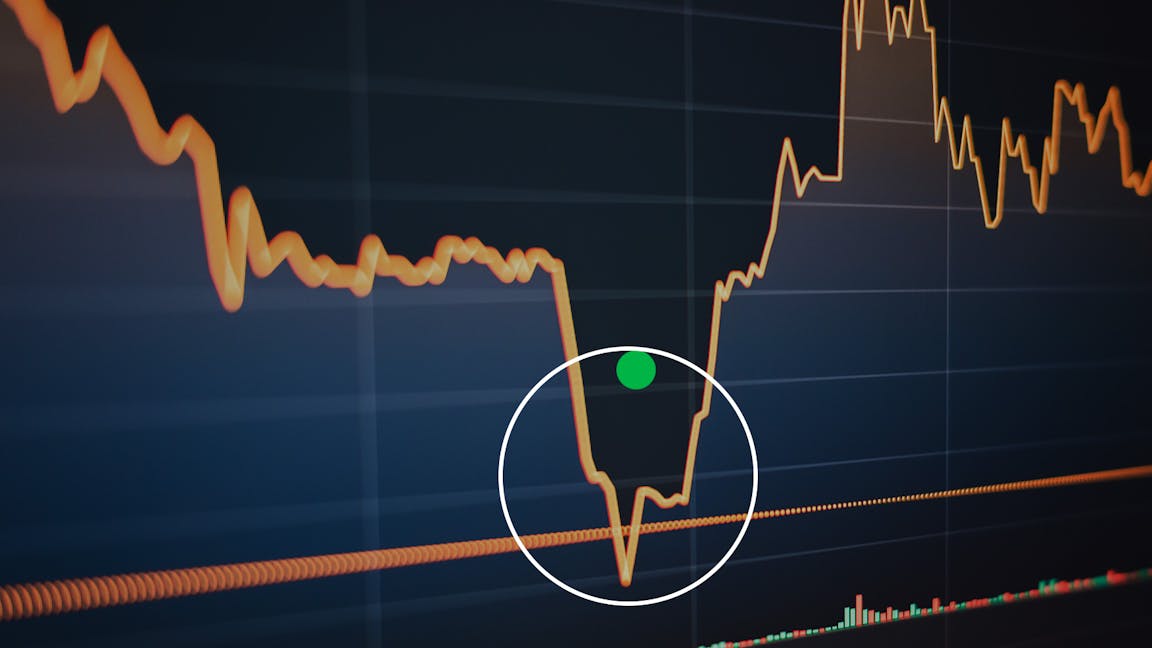
Investors comparing the AI boom with the dot-com bubble are overlooking the huge differences in fundamental strength. But that doesn't mean there are no lessons from history.
As one market reporter quipped in Summer 2000: ‘pity the poor technology investor’. After the recent trimming of US financial markets, some might think this observation has proven itself to be enduring.
25 years ago the Nasdaq surpassed 5,000 points for the first time, amounting to a 24% gain since the start of the millennium. In the days and months afterwards, the Nasdaq saw heavy losses mount as the stock price of the internet technology stars of the late 1990s fell significantly.
By November that year, the index had fallen below 3,000 points. Profit-taking, nose-diving investor sentiment, and a reappraisal of the late 1990s Dot-Com boom all combined to dent equity markets. It would take years for the Nasdaq to reach its previous heights once again.
Looking back on these events, I am reminded how every era has its moments which define and shape the memories of investors for years to come. The bursting of the Dot-Com bubble was one of these events in the early 2000s alongside the September 11th attacks and corporate scandal of Enron which left investors feeling especially bruised.
While it is tempting to compare the current period and excitement around artificial intelligence with the early 2000s, it would be wrong to draw too many parallels.
We must remember that the hyperconnectivity of today is unrecognisable compared to March 2000 when 2G networks were the norm and new technologies were far less ingrained than they are now. Furthermore, many of the current technology and AI leaders secured high market capitalisations by generating profits and showing clear roadmaps for future revenue.
The period does, however, provide several lessons for investors in 2025.
Looking back, the market excitement and ‘get in early’ mentality, which led to the creation of the bubble, was heavily influenced by hype. Several firms that listed via an IPO in the late 1990s had yet to deliver significant shareholder value and impact but were able to garner attention and investment while riding the wave of market momentum. Being able to zoom out in these moments, and look closely at the facts of the time, is an important tool for any investor to have in their arsenal.
The early 2000s also serves as a reminder of the difficulties investors face when valuing future innovations. It can be hard to block out the noise around new technologies and equally difficult for some to identify the emerging winners in a category where the market opportunity is not always fully clear. Taking a broader approach rather than focusing on individual companies can sometimes pay off in these moments.
Crisis and uncertainty can also create opportunity. For resilient companies whose leadership teams remain nimble and opportunistic, these periods of flux can make them stronger and enable them to create sustainable business models. It is easy to forget the pockets of success from this time with firms like Nvidia listing the year before the bubble burst and others like Apple and Microsoft refocusing and continuing to innovate well beyond.
The anniversary of the Dot-Com bubble’s bursting is unlikely to elicit any fond memories or positive nostalgia from investors who lived through it. But it would be wrong not to reflect on the lessons from the period and consider how they apply today. The analysis always matters.
As with all investing, your capital is at risk. The value of your investments can go down as well as up and you may get back less than you invest. Past performance and forecasts are not reliable indicators of future performance. We do not provide investment advice in this article. Always do your own research.
The original version of this article appeared in City AM on the 13th March 2025. This can be accessed here.
